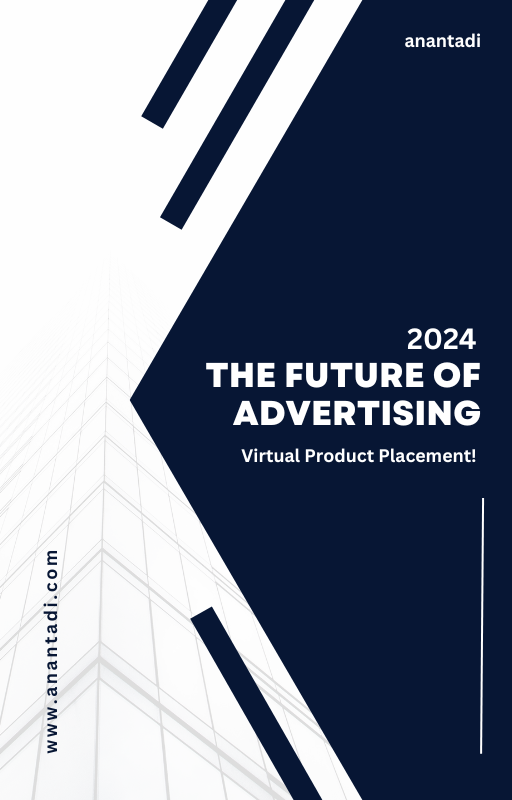
In the ever-evolving landscape of advertising, the integration of artificial intelligence has become a pivotal force, driving innovative strategies and reshaping the way brands connect with their audiences. Among the most groundbreaking advancements is the emergence of Contextual Scene Intelligence (CSI), a technology that offers brands the ability to seamlessly embed their messages within the context of their content.
This blog explores the transformative impact of CSI on brand integration in 2024, highlighting how this sophisticated approach is setting new standards for relevancy, engagement, and effectiveness in advertising. By delving into the mechanics of CSI, we will uncover how it enables brands to create more meaningful connections with consumers, ultimately enhancing the overall advertising experience.
1. Understanding Contextual Scene Intelligence
Definition and Significance Contextual scene intelligence refers to the AI-driven analysis of visual content to understand the context of a scene. This technology leverages sophisticated algorithms to interpret elements like location, objects, and even emotions displayed in a scene. By understanding these contextual cues, advertisers can place their ads in a way that resonates more deeply with viewers.
How AI Algorithms Analyze Visual Context AI algorithms analyze visual content by breaking down scenes into various components. For instance, they can identify whether a scene is set in a kitchen or a park, recognize objects like a car or a smartphone, and even detect the mood of people in the scene. This detailed analysis allows advertisers to place their ads in environments where they are most relevant and likely to capture the audience’s attention.
Examples of Contextual Cues
- Location: Ads for outdoor gear placed in scenes depicting nature.
- Objects: Ads for kitchen appliances shown in cooking scenes.
- Emotions: Ads for wellness products displayed in scenes with people showing signs of stress.
2. The Power of Contextual Advertising
Case Studies Several brands have successfully utilized contextual advertising. For example, an athletic brand integrated their ads into workout videos on social media, resulting in higher engagement and brand recall. Another case is a travel company that placed ads in scenes depicting beautiful destinations, leading to increased interest and bookings.
Benefits of Aligning Ads with Relevant Scenes Aligning ads with relevant scenes enhances user engagement by making the ads feel less intrusive and more like a natural part of the content. This relevance boosts brand recall and positively impacts consumer perception.
Impact on User Engagement and Brand Recall When ads are contextually relevant, users are more likely to remember them and engage with the brand. Studies have shown that contextual advertising can significantly increase click-through rates and conversion rates compared to traditional ad placements.
3. AI-Driven Brand Integration
Role of AI in Identifying Optimal Moments AI can identify the best moments for brand exposure by analyzing the context in real-time. This ensures that ads are shown at the most impactful moments, enhancing their effectiveness.
Real-Time Decision-Making AI-driven systems can make real-time decisions based on the scene’s context. For instance, if a scene changes from a happy outdoor setting to a cozy indoor setting, the AI can switch the ads from promoting outdoor gear to indoor decor products.
Customization and Personalization of Ad Content AI allows for the customization and personalization of ad content. By understanding the viewer’s preferences and the context of the scene, AI can deliver highly personalized ads that resonate on a deeper level.
AI-Powered Virtual Product Placement by Anantadi SaaS Platform Anantadi SaaS platform is at the forefront of leveraging AI for virtual product placement. This platform enables brands to seamlessly integrate their products into various scenes, enhancing contextual relevance. By using AI-powered technology, Anantadi can identify optimal moments and scenes for product placement, ensuring that the ads blend naturally into the content.
For example, in a movie scene set in a kitchen, Anantadi can digitally place a branded coffee machine on the counter, making the placement feel organic and unobtrusive. This AI-driven approach not only improves brand visibility but also enhances viewer engagement by providing a more integrated advertising experience.
4. Challenges and Ethical Considerations
Balancing Context with User Privacy One of the main challenges is balancing the use of contextual data with user privacy. Advertisers must ensure that their methods comply with privacy regulations and do not intrude on user privacy.
Avoiding Intrusive or Inappropriate Placements AI must be programmed to avoid placing ads in inappropriate or sensitive contexts. For example, ads for luxury items should not appear in scenes depicting financial hardship.
Transparency in AI-Driven Ad Decisions Maintaining transparency in how AI makes ad placement decisions is crucial. This builds trust with consumers and ensures that the advertising process is ethical and fair.
5. Future Trends
Predictions for AI Advancements The future of contextual advertising looks promising with continuous AI advancements. We can expect even more precise and sophisticated ad placements that enhance user experience.
Implications for Revenue Growth and Content Creation As AI-driven contextual advertising becomes more prevalent, it will drive revenue growth for brands and content creators. The ability to deliver highly relevant ads will attract more advertisers and increase ad revenues.
6. Conclusion
Contextual scene intelligence is transforming the advertising landscape by making brand integration more effective and engaging. AI-powered virtual product placement, such as that offered by Anantadi SaaS platform, exemplifies how advanced technology can enhance contextual relevance. As we move forward, embracing AI-driven contextual advertising will be crucial for marketers looking to stay ahead in the competitive landscape. The future holds exciting possibilities for those willing to innovate and adapt to these technological advancements.
